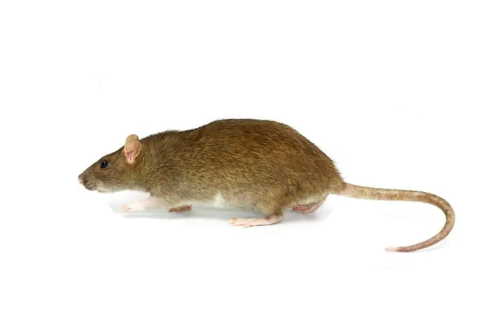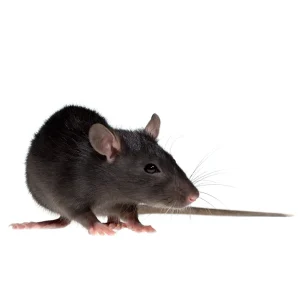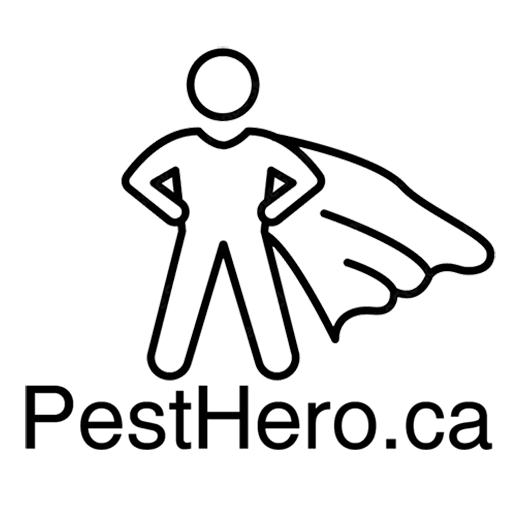RATS
Why Norway Rats Invade Your Home
Norway rats are found on every continent except Antarctica, thriving in damp environments like burrows and basements. They often venture into homes in search of warmth, food, and water, squeezing through tiny gaps in walls, plumbing, and even toilets! These pests are not picky eaters; they’ll munch on just about anything, but they have a particular fondness for fatty foods like grease and meat.
The Risks of Norway Rats
These nocturnal nuisances can transmit serious diseases such as the bubonic plague and typhus, while also contaminating your food with their droppings, urine, and saliva. Beyond health risks, they can cause significant structural damage—gnawing through wires, creating unsightly holes in your lawn, and undermining foundations. For business owners, a rat sighting can spell disaster, tarnishing your reputation and jeopardizing your operations.
With a rapid breeding cycle—up to 12 offspring six times a year—an infestation can spiral out of control quickly. That’s why professional pest control is essential for effective management.
Prevention Tips
To keep Norway rats at bay, follow these simple steps:
– Inspect for chew marks on wiring and walls.
– Look for small, pellet-like droppings.
– Maintain cleanliness in food prep areas and clean up spills immediately.
– Secure trash cans and rotate dumpsters regularly.
– Seal cracks and holes with caulk or foam.
– Trim vegetation away from your home’s exterior.
– Fix leaks and remove standing water outside.
– Install weather strips around doors and windows.
Norway Rat vs. Roof Rat: Know the Difference
In Canada, homeowners often face either Norway rats or roof rats (black rats). While both can cause similar damage, they have distinct characteristics. Norway rats are stockier with shorter tails, while roof rats are slender and agile, often found in attics. Their droppings also differ: Norway rat droppings are larger and oval-shaped, whereas roof rat droppings are smaller and pointed.
Understanding these differences can help you take the right steps for control and removal. Don’t let these pests take over—contact our professional pest control services today!



